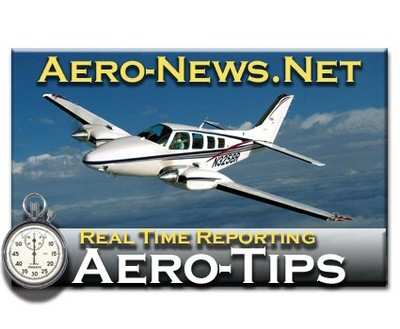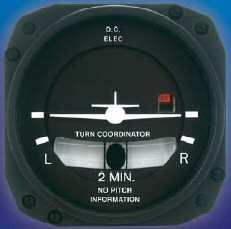Thu, Dec 14, 2006
Advertisement
More News
 True Blue Power and Mid-Continent Instruments and Avionics Power NBAA25 Coverage
True Blue Power and Mid-Continent Instruments and Avionics Power NBAA25 Coverage
Mid-Continent Instruments and Avionics and True Blue Power ANN's NBAA 2025 Coverage... Visit Them At Booth #3436 101 Aviation Nears STC Approval for Lithium Battery Upgrade on Gulf>[...]
 ANN's Daily Aero-Term (10.11.25): Hertz
ANN's Daily Aero-Term (10.11.25): Hertz
Hertz The standard radio equivalent of frequency in cycles per second of an electromagnetic wave. Kilohertz (kHz) is a frequency of one thousand cycles per second. Megahertz (MHz) >[...]
 Aero-News: Quote of the Day (10.11.25)
Aero-News: Quote of the Day (10.11.25)
“NATCA does not endorse, support, or condone any federal employees participating in or endorsing a coordinated activity that negatively affects the capacity of the NAS, or an>[...]
 ANN's Daily Aero-Linx (10.11.25)
ANN's Daily Aero-Linx (10.11.25)
Aero Linx: European Association for Aviation Psychology (EAAP) Since 1956 the European Association for Aviation Psychology (EAAP) provides a forum for professionals working in the >[...]
 NTSB Prelim: Pegasus Quantum 15
NTSB Prelim: Pegasus Quantum 15
Aircraft Experienced A Total Loss Of Engine Power During A Go-Around Attempt And Then Impacted A Soybean Field On September 13, 2025, at 1625 eastern daylight time, a Pegasus Quant>[...]
blog comments powered by Disqus





